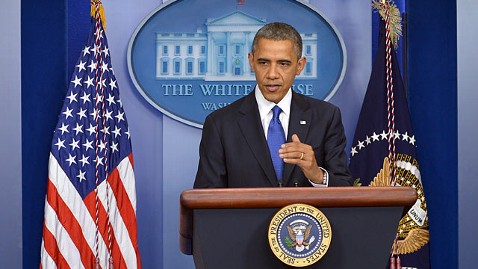PARIS: A year ago, Akram Khan was told his dance career was over. Now, with the Olympics ceremony under his belt, two films on the boil and three shows on tour, Britain's best-known choreographer could hardly be busier if he tried.
The 38-year-old ball of energy is in Paris this month with his most personal work to date, DESH, a full-length solo exploring his family roots in Bangladesh, through his signature fusion of contemporary dance with north Indian Kathak.
Khan's schedule for the coming months sounds like a plate-spinning act, but when he ripped his Achilles tendon during a rehearsal last January, doctors feared he would never dance again.
"It was very traumatic," he told AFP, "Ballet dancers don't come back after an Achilles tendon rupture. It's very rarely possible."
Shows were cancelled, plans cut short as Khan -- unable to walk for two months -- headed into a "humiliating" round of surgery and physiotherapy.
"I'm a dancer, so it's ego you know, somebody's telling you how to do a simple walk. I wanted to shoot them!"
"But from that it went into running, jogging, then jumping, then a little bit of confidence comes back.
"And then suddenly you're in the Olympics!" joked Khan, who choreographed and performed in a segment of the August opening ceremony.
In his solo DESH, a chameleonic Khan gives life to a dense cast of characters as the action shifts, dreamlike, from his south London birthplace to the grimy, noisy streets of Bangladesh over 80 visually-sumptuous minutes.
While he has recovered mobility, Khan has yet to get his full strength back, and had to make changes to perform the show, on world tour after premiering in London to rapturous reviews last year.
"You find other ways, and that was very valuable," he said, "I'm stronger in other ways."
Right now Khan is preparing a duet with the Flamenco dancer Izrael Galvan, in between touring with two more of his shows -- Gnosis and Sacred Monsters.
Come May he will premiere a creation called iTMOi inspired by Igor Stravinsky's "Rite of Spring" in the French city of Grenoble, before taking that show on the road as well.
Recent sideline projects have included teaming up with the artist Anish Kapoor to shoot a spoof "Gangnam Style" video in support of Chinese dissident artist Ai Wei Wei.
As if that wasn't enough, he is choreographing a film called "Desert Dancer", based on the true story of a young Iranian man persecuted for his love of dance, and is hoping to direct a film based on DESH.
In terms of juggling projects, Khan says he is busier than ever before. And in March he will become a father for the first time, when his Japanese dancer wife gives birth to a baby girl.
The story of Khan's injury and recovery loops back to an earlier one of how, as a little boy, he liked to break things to see what was inside.
"I was destructive as a child, I was fascinated to see things broken and put back together again," he told AFP, "I was very physical, I couldn't keep my hands still."
That was how Khan's mother started teaching her three-year-old son the folk dance Kathak, today the backbone of his art. To tire him out, like others might send a child to kick a ball around the yard.
Formal lessons followed aged seven, but it was long a battle of wills with a mother determined to share -- "impose", he jokes -- her culture with him.
"It was traumatic," said Khan, who talks with disarming candour, and wry humour, of his upbringing, "My mother used to bribe me, with toys, each performance I would get a little matchbox car."
While he jokes about his strong-willed mother, Khan is clear the "challenging relationship" in his life is with his father, bent on rooting out the Westerner in his son and making a true Bengali of him.
"DESH is very much about my father," he says of the piece, which opens with a scene showing him burying his father before pounding violently at the earth, as if to root out the story of their shared past.
Like a grown-up version of the creative destruction he displayed as a child.
Co-created with the poet Karthika Nair, the visual designer Tim Yip and the composer Jocelyn Pook, the work has a political dimension too, reflecting his sense that "everything is political" in Bangladesh, starting with the drinking water polluted by Western waste dumping.
"This is my story. It's part true, part lie," he says, "It needed to be epic, because it was very personal."
But for now, Khan jokes, he is done digging for his family roots: "I think I need to move on -- I need to get a life!"
-AFP/fl











